
Christian Herren
To be rebuilt with the materials of your time1, 2021
Part I:
Stills of digitally animated watercolours that were painted between 1960 and 1966. Watercolours2 that were painted for the purpose of documenting early plant cross breeding experiments executed at the biology department of the University of Amsterdam. Series of six C-/12-color inkjet prints, printed on self-developed cotton paper with metal components framed in 6 steel frames.
Courtesy the artist and Swammerdam Institute for Life Sciences, Amsterdam
Part II:
Aluminium shelf with petunia flowers (laboratory lines) – both physically present and absent. Plant labels represent the absent petunias and serve as a proxy for genetically modified plants3.
Courtesy the artist and Swammerdam Institute for Life Sciences, Amsterdam
With special thanks to Melina Bärtschi, Jeroen Boomgaard, Daan Couzijn, Roos Gortzak, Angie Keefer, Margaux Koch Goei, Ronald Koes, Floris Marsman, Pascal Schärli, Roman Sterchi, Mark Turner, Francesca Quattrocchio, Suzanne van de Ven.

Christian Herren: To be rebuilt with the materials of your time, part II (exhibition view), 2021 © Christian Herren
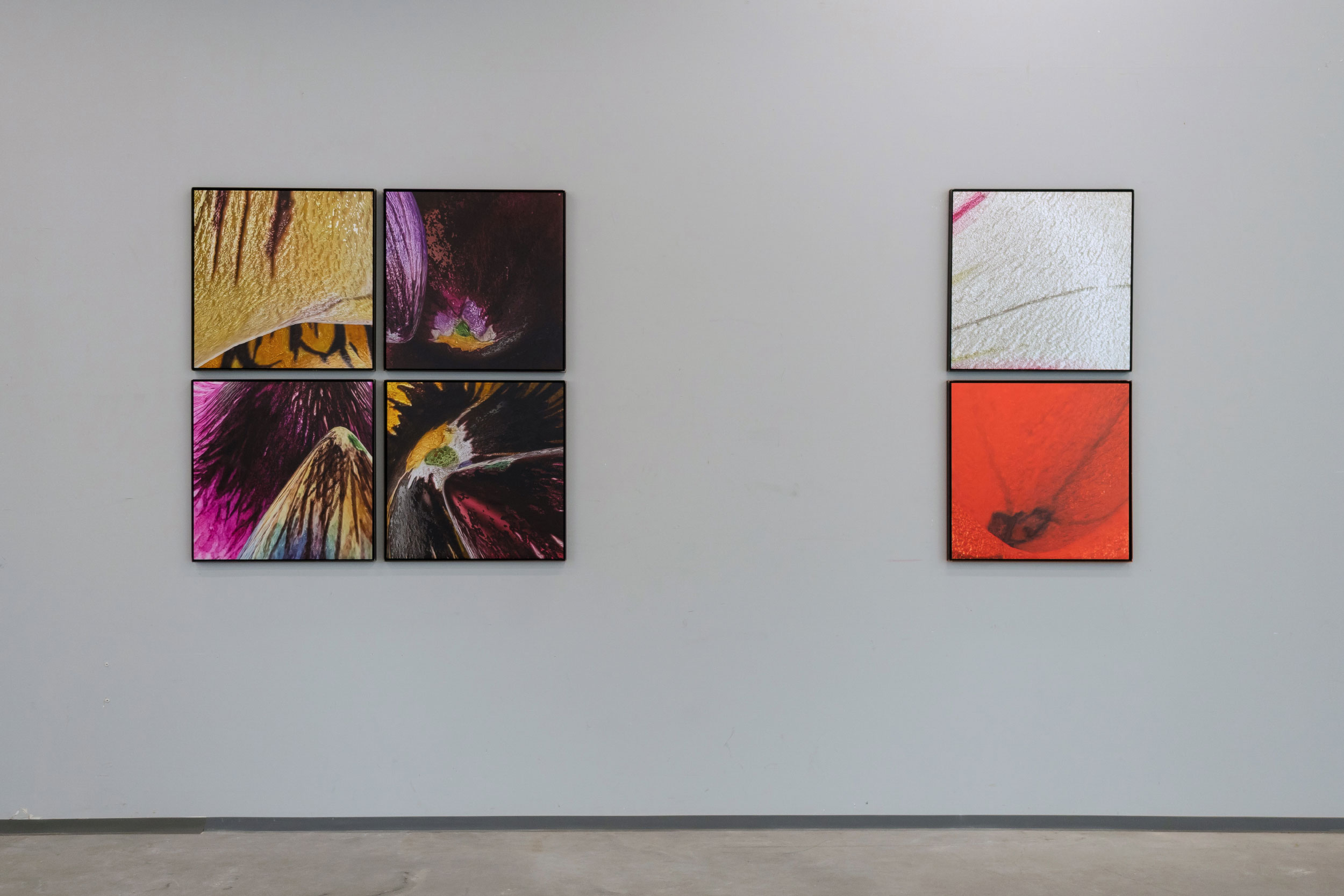
Christian Herren: To be rebuilt with the materials of your time, part I (exhibition view), 2021 © Christian Herren
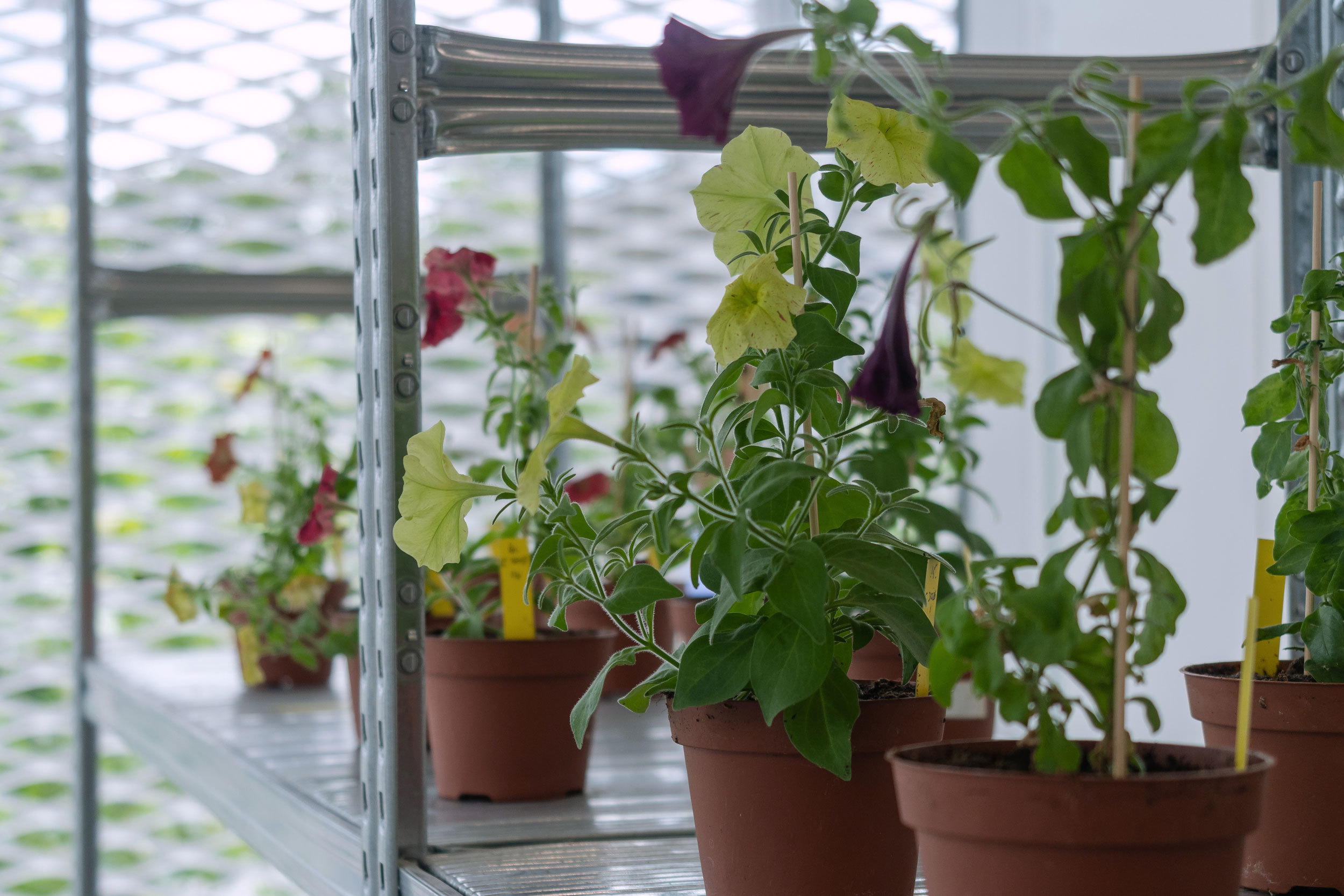
Christian Herren: To be rebuilt with the materials of your time, part I (exhibition view, detail), 2021 © Christian Herren
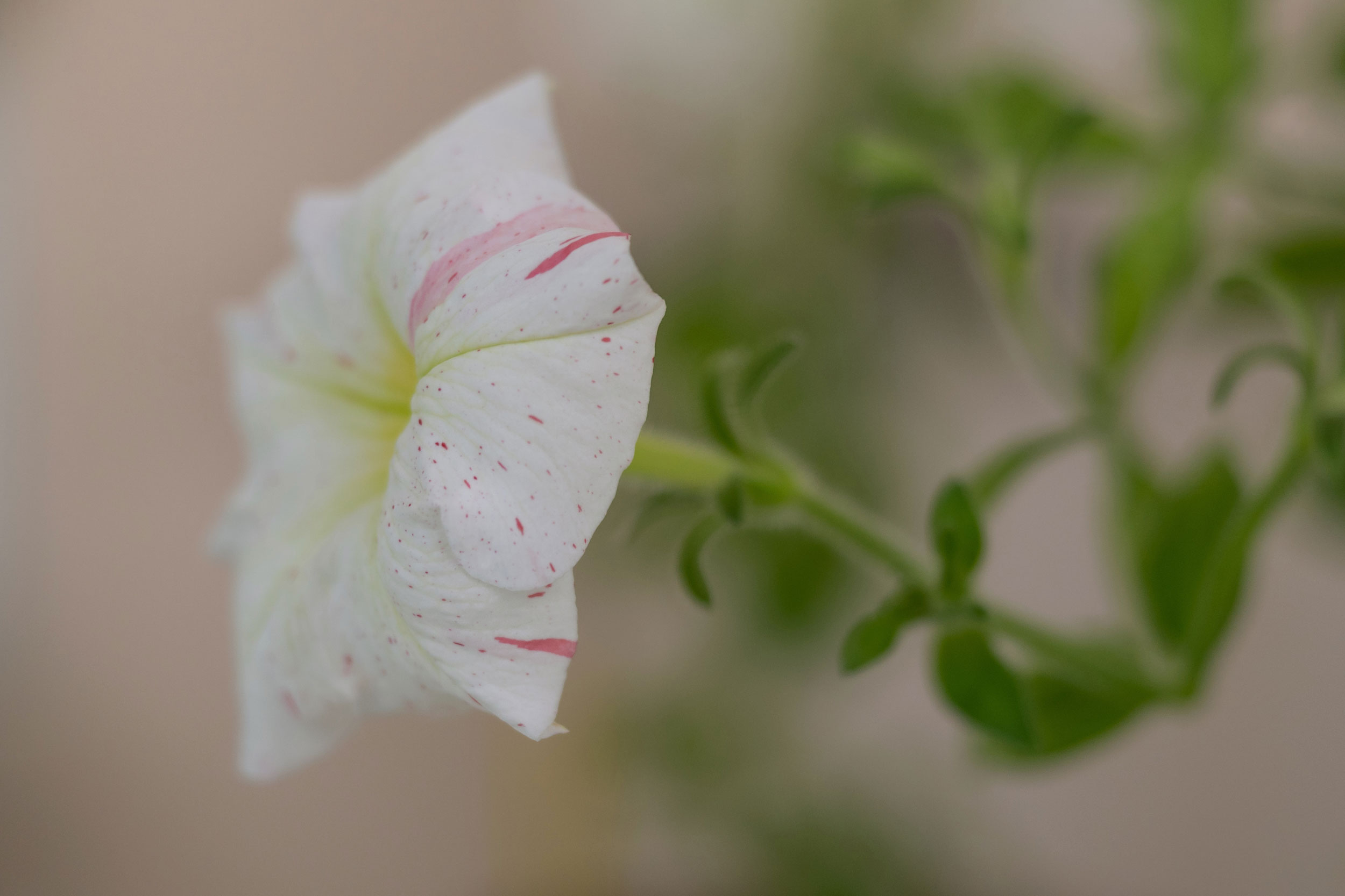
Christian Herren: To be rebuilt with the materials of your time, part I (exhibition view, detail), 2021 © Christian Herren
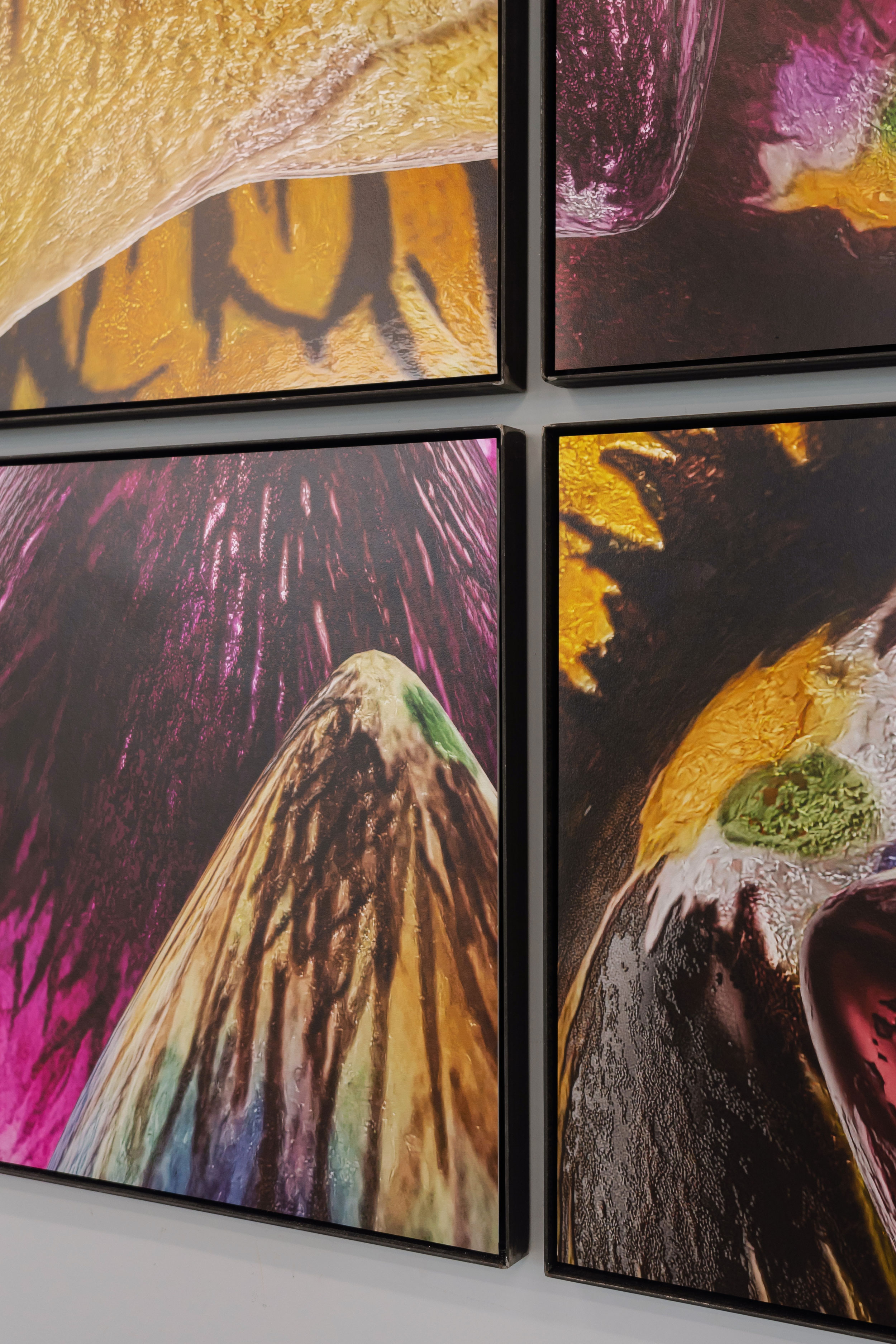
Christian Herren: To be rebuilt with the materials of your time, part I (exhibition view, detail), 2021 © Christian Herren
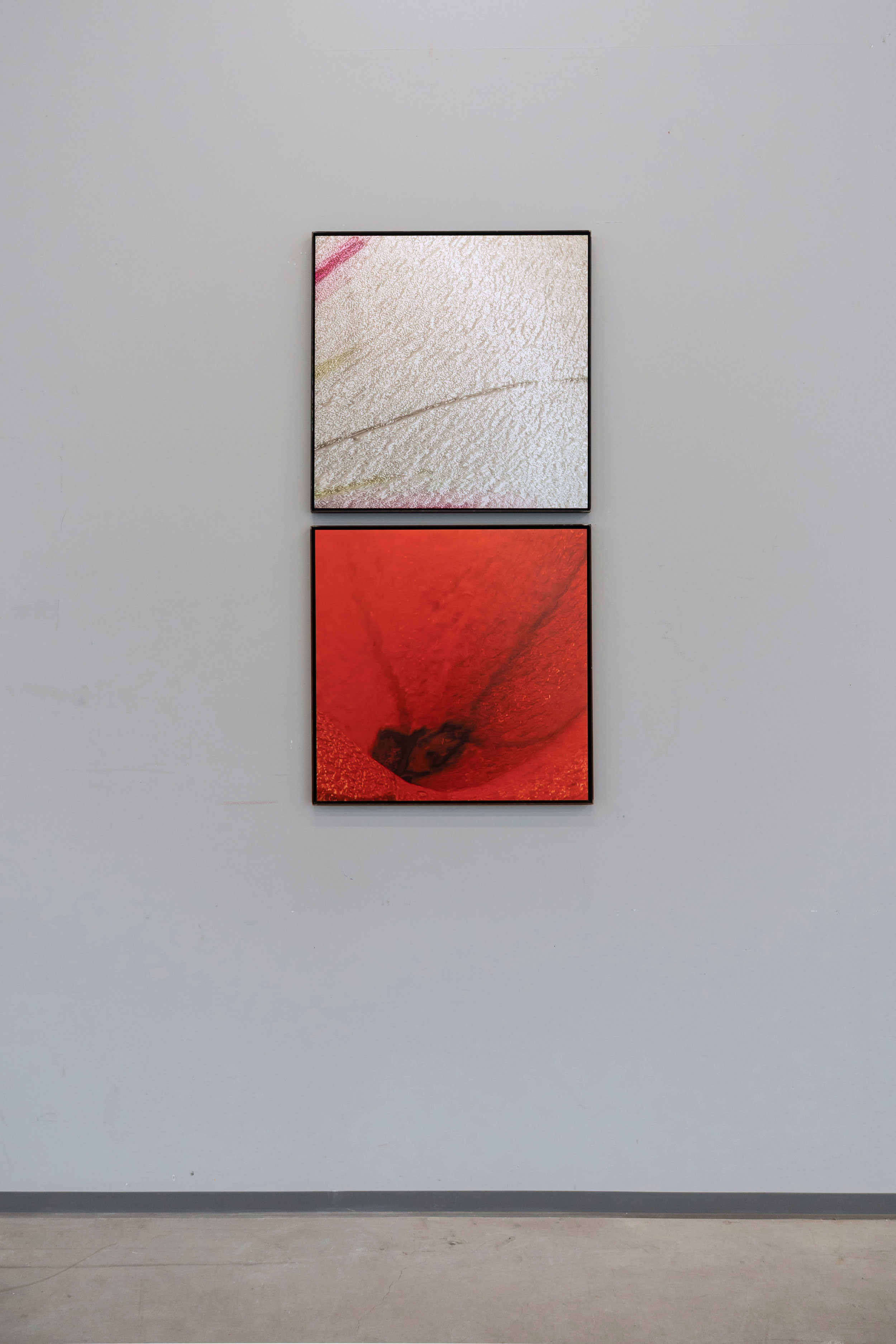
Christian Herren: To be rebuilt with the materials of your time, part I (exhibition view, detail), 2021 © Christian Herren
In 1964 Andy Warhol exhibited his «Flowers» series for the first time: prints that show flowers in bright colours, that do not exist in nature. At the very same time the biology department of the University of Amsterdam bred petunia flowers, which also take on colours that do not exist in the natural environment. Warhol and the researchers knew nothing about each other. These breeding experiments were visually documented in small watercolours. These watercolours served as the basis for a series of six prints that recall the tradition of still-life paintings of flowers (part I,). By displaying the cross bred petunia flowers (part II), Christian Herren refers to the university's ongoing research. – The results of which have proven the petunias to be a relevant «material of our time». Christian Herren’s work relates to the gap between reality and representation, between art and science. Simultaneously, it attempts to question the traditional understanding of the economic significance of flowers as well as the socio-political developments associated with them: how should one approach the potential of genetically modified organisms? The laboratory grown petunias are not only meant for ornamental purposes but the knowledge gained from the biological research also provides application possibilities such as meat-substitutes or plant-based vaccines. As such, the flowers in the installation are more so a representation rather than a reflection. This was also the case in the baroque period, during which painters would often not paint what was actually in front of them on the table. Upon taking a closer look at historic floral still life, it becomes clear that, for example, the spring and autumn flowers depicted in such paintings never could have been together in the same vase.
Driven by the need for a universal, interdisciplinary approach to current issues and the attempt to create a dialogue between the past and the present, Christian Herren wants to gain an insight into the potential of floral still lifes today.
1 At the start of the 20th century, a group of artists wanted to supersede the past and incorporate aspects of fast-paced modern life and new technology into their art. In this context, Giacomo Balla (1871–1958) created colourful lacquered wooden sculptures entitled «Futuristic Flower» (1918–1925). These artificial «flowers» were intended to supersede natural plants and thereby provide an alternative to the ephemeral, fragile and thus inferior nature. On some preliminary sketches, Balla added the note: «To be rebuilt with the materials of your time».
2 An image of such a watercolour can be found as illustration VII.
3 At the time of the exhibition, the Netherlands does not yet have a law regulating the display of GMO organisms. It is for this reason that the genetically modified plants cannot be displayed outside the greenhouses of the University of Amsterdam. The Dutch parliament will, however, soon work on a new legislation and it might therefore be possible to exhibit the plants in future shows.
I
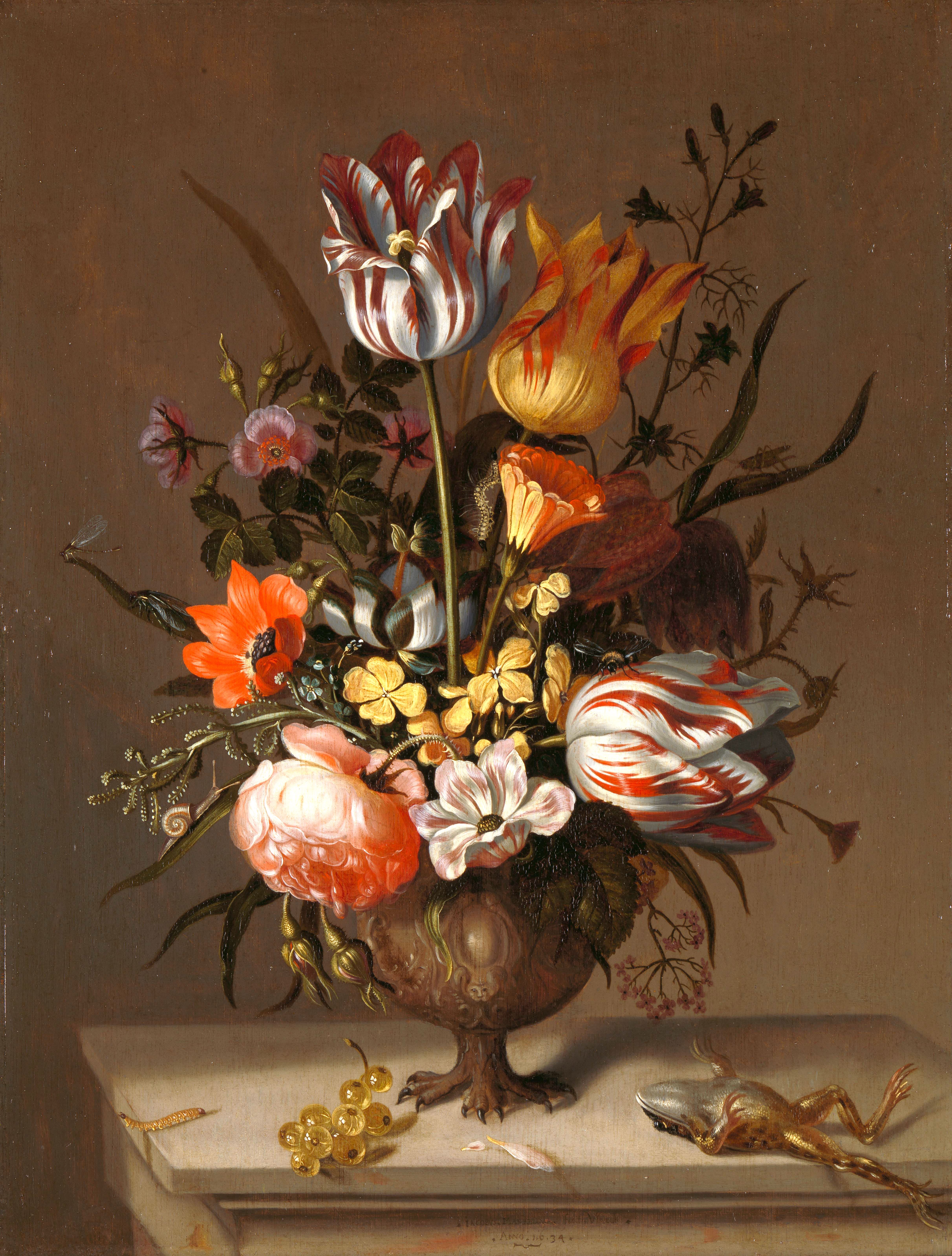
Jacob Marrel: Still Life with a Vase of Flowers and a Dead Frog, 1634 © Rijksmuseum, Amsterdam
II

Giacomo Balla: Fiore Futurista, ca. 1920 (edition: 1960) © CAMBI, Geneva/Milan
III
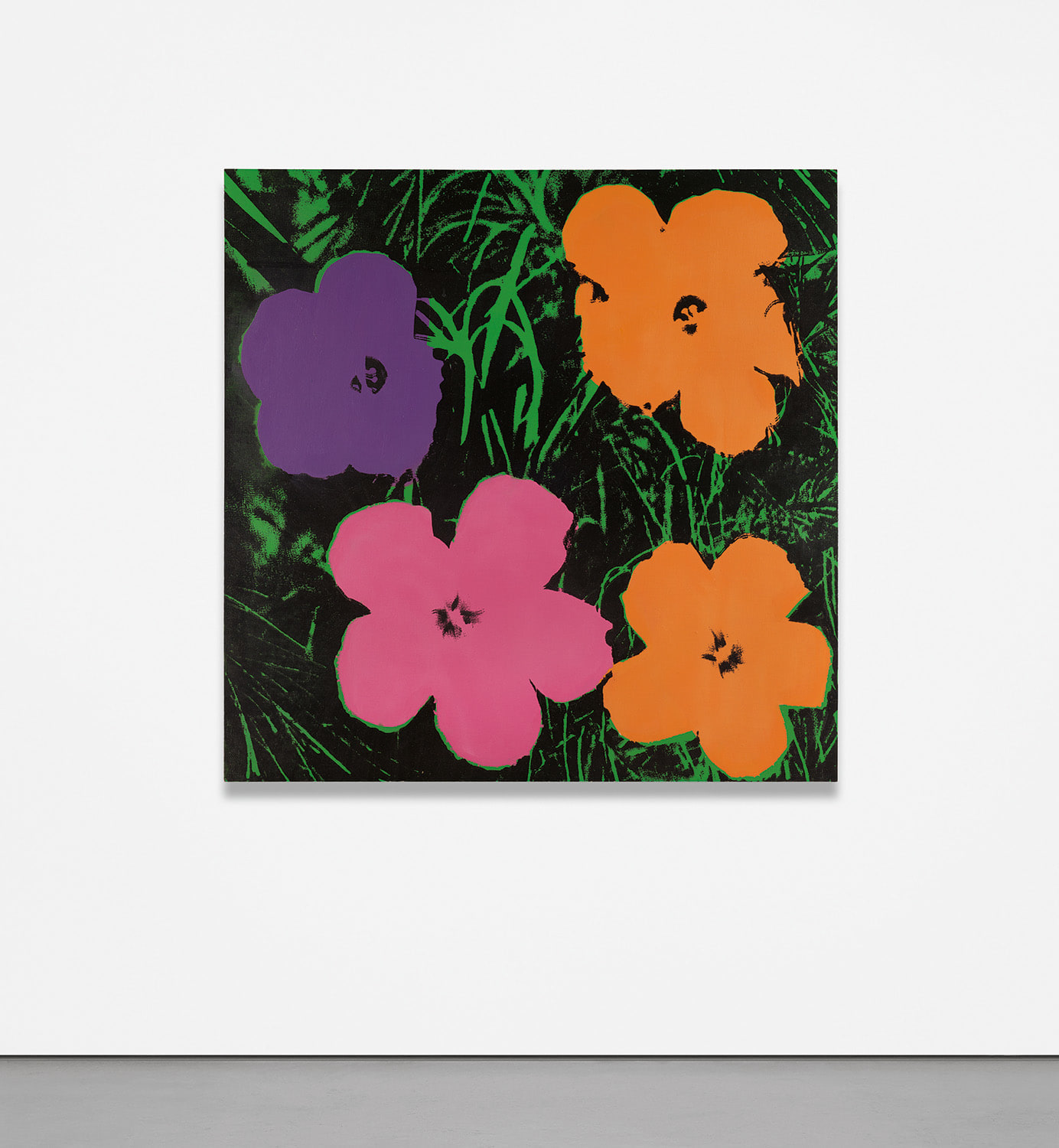
Andy Warhol: Late Four-Foot Flowers, 1967 © Philipp’s, London
IV
Nina Notman: Genes that make lemons sour revealed, published on CHEMISTRYWORLD
| LINK |
V
Christian Herren: Abstracting Abstraction, a text composed to shed light on the aesthetic issues at stake in the visual arts of the Middle Ages and Chinese Arts, in particular in the fields of elusive, the informal, the non-representational and the abstract © Christian Herren
VI
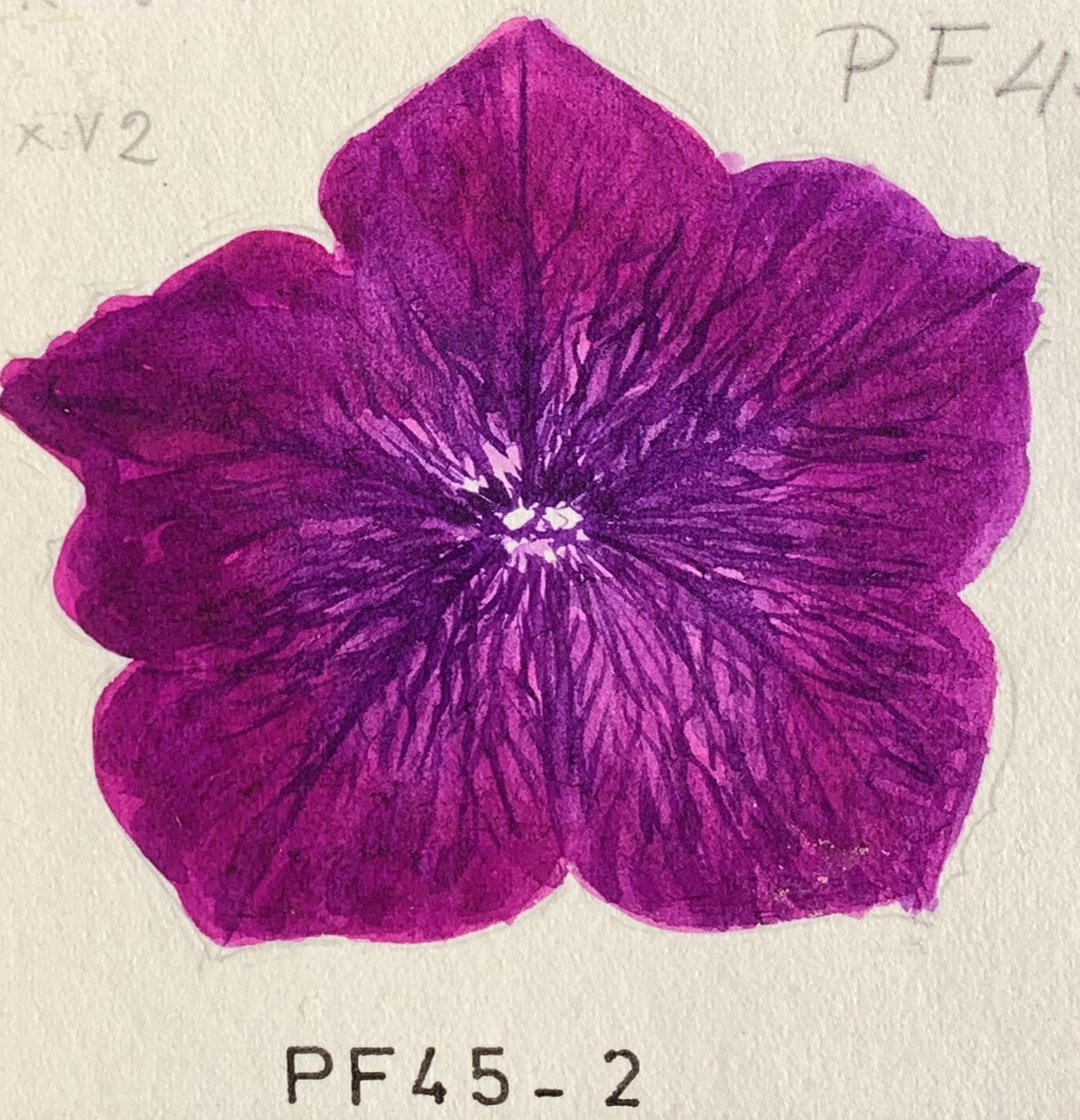
Unknown artist from the Swammerdam Institute for Life Sciences: Petunia PF 45_2, 1965, watercolour on paper that documents early plant cross breeding experiments executed at the biology department of the University of Amsterdam © Swammerdam Institute for Life Sciences, Amsterdam
VII
Text from Prof. Francesca Quattrocchio